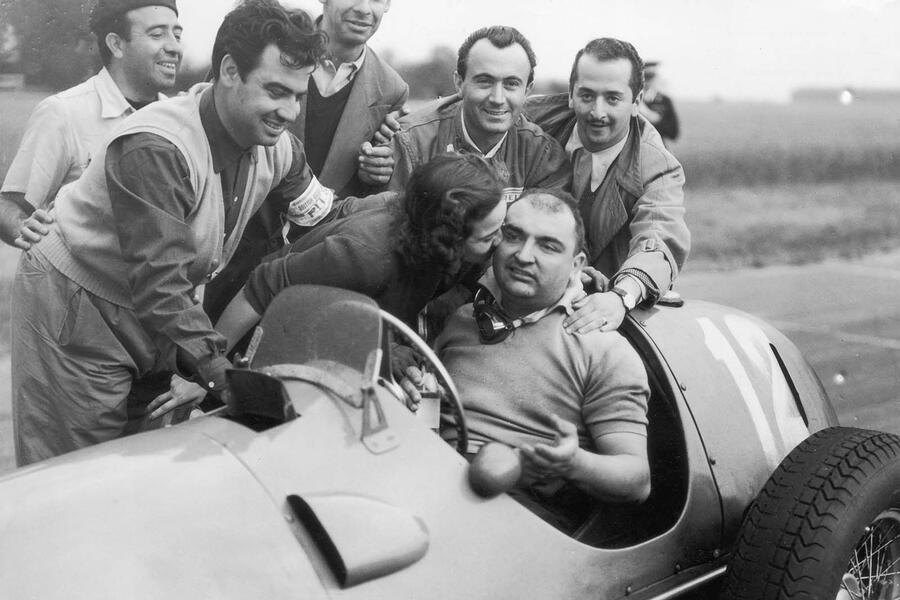
Ferrari is the only team to have raced in every Formula 1 season since the beginning and holds the record for the most number of championship grands prix won, with 242 victories. This winning streak started 72 years ago with their first victory at the British Grand Prix in Silverstone, where they overtook the previously dominant Alfa Romeo 158/159 that had been dominating the races in 1950 and the first four races of 1951.
The race weekend started off with a promising start, as José Froilán González became the first person to lap the old bomber airfield at over 100mph, securing pole position with a one-second lead. However, Alfa’s Felice Bonetto managed to take the lead at the start from the second row. González quickly regained the lead on the second lap, while Juan Manuel Fangio closed the gap and started chasing the two Argentines, leaving the rest of the pack behind.

González made a crucial pass on the 12th lap, as the Ferrari had better handling compared to the Alfa, which was unpredictably twitching. González had a heart-stopping moment while lapping a slower Alfa at Becketts corner but narrowly managed to squeeze between the cars and the barriers, reclaiming the lead soon after. Despite Fangio’s efforts, he couldn’t keep up with González, partly due to a loose rear damper on his car.
The podium featured the two Argentines in first and second place, with Luigi Villoresi’s Ferrari taking third after reigning champion Giuseppe Farina’s Alfa Romeo had a late ignition issue. “It was a fantastic race and a promising sign for the future of grand prix racing,” we concluded.
Austin opens “world’s most modern” production facility
Austin initially started in an old printing works in Longbridge, a suburb of Birmingham, in 1905. As the popularity of cars increased, the manufacturing plant grew more than tenfold by the end of the Great War.
In 1951, we reported on Austin’s most significant expansion yet: a new state-of-the-art production building that was claimed to be the most modern in the world. The facility was highly automated, which significantly reduced the potential for errors caused by human factors.